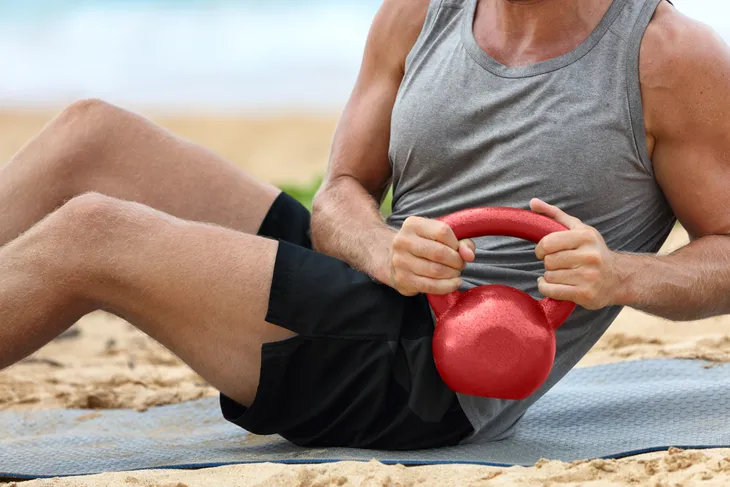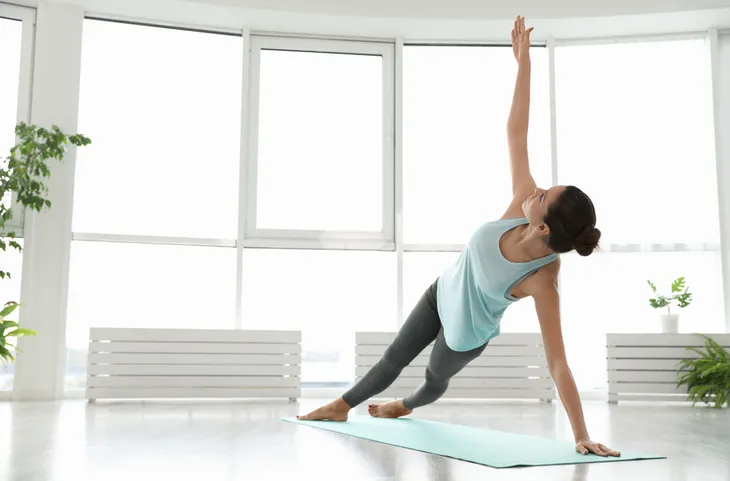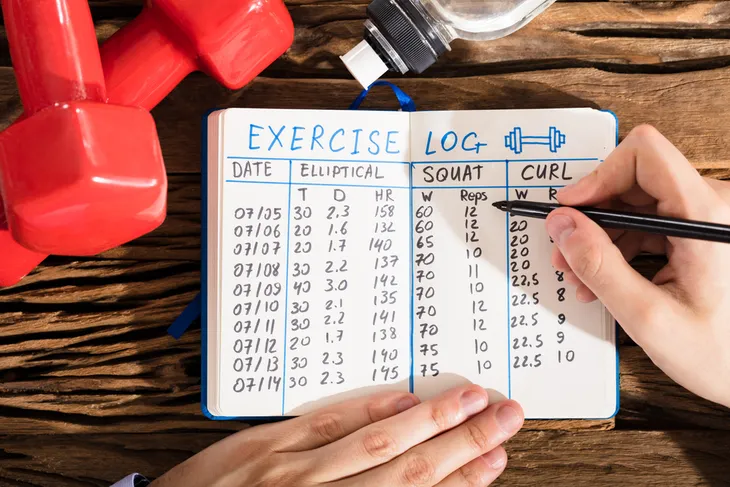Tighter abs are kind of like the holy grail when it comes to fitness goals—we all know they exist, but few people actually attain washboard abs aside from those gracing the covers of fitness magazines and playing the hero in Hollywood movies.
Luckily, your mission to improve and define your abdominals can be realized by incorporating the following seven ab-blasting tips into your daily activities…
Add Some Resistance
Studies from the University of South Florida, which were also published in the Journal of Strength and Conditioning Research, discovered that if you’re only twisting, crunching, and rotating your abdominals in hope of 6-pack definition—you may be wasting your time.
Findings show that the use of free-weights during exercises will help uncover, flatten, and tighten those abs a lot faster. The same study shows that a variety of free-weight exercises (i.e., windmills, squat pulls, arm climbs, and sit ups with free weights or an exercise ball) will do best to activate the core muscles and define those abdominals.
Plank and Side Plank
Planking (a move that holds the body flat with support and suspension while being photographed in unusual locations and sharing the images on social media) might have been a silly trend making the rounds on Facebook and Twitter. However, the plank exercise is linked to stimulate roughly 130-percent more abdominal activity vs. a classic crunch.
Any personal trainer will tout the traditional plank and side plank because both moves call on multiple core muscles—including the abdominals, obliques, back, glutes, chest, shoulders, arms, and quads, and inner and outer thighs.
Reduce Bloating
If you don’t carry extra body fat in your tummy, but tend to suffer from chronic bloating, you could be dealing with food intolerance to wheat gluten, dairy, or even soy-containing products.
The best way to identify food intolerance is by keeping a food journal. Record every food you eat at every meal, and be sure to include notes about bloating severity and frequency following meals. This way you can pinpoint inflammatory trigger foods and avoid them to prevent gas, bloating, and cramps, and in the process, flatten your abs as well.
Forget About Crunches
Sure, crunches are a step up from sitting on your couch playing video games. However, according to research from the Biomechanics Lab at San Diego State University, crunches don’t engage your abdominal muscles to the fullest degree.
Scientists at the lab monitored the electromyography (EMG) activity outcomes of top core exercises (i.e., abdominal crunches and planks) and revealed that the classic crunch ranked quite low as far as effectiveness. However, planks and side planks were found to be the most effective abdominal exercise—triggering high levels of activity from multiple core muscles.
Concentrate on Whole Body Exercise
To work the abdominals effectively, which are part of the core group of muscles, you need to develop strength and flexibility around the entire core structure, according to research published by WebMD.
This means that moves like planks, squats, box jumps, medicine ball throws, pushups, pull ups, and leg raises and lowers that don’t isolate the abdominal muscles (like crunches do), but rather target the abs as part of a 360-degree core group of muscles, stretching and strengthening the entire muscular grouping.
Squat for Abdominal Definition
If you want flatter, more defined abs—do squats! It shouldn’t surprise you that squats target the entire core much more efficiently than simple crunches. During an exercise like squats, the abdominal muscles work to absorb shock and minimize stress on the upper body, spine and lower body.
Physical therapist and author of Athletic Body in Balance, Gray Cook, claims, “The [most efficient] ways to improve abdominal definition are to incorporate entire body [moves] in different movement patterns.” This way you burn calories and add strength simultaneously.
Record Your Progress
Exercise is just one part of defining that righteous 6-pack! Dietary changes can also help you eat healthier, gain more energy, and burn fat, adding definition and flattening out those abs.
Recording your daily exercise and food intake will help you pinpoint where you’re making poor food choices and taking in excess calories. As well as to pinpoint exercise moves that are working for you and foods that may trigger inflammation.










